Alfredo Cramerotti is a versatile professional with extensive experience in various fields of the arts, including curating, writing, broadcasting, publishing, and organizing events. His expertise spans across contemporary art, film and video, performance, photography, conferences, and verse/online formats. I am grateful to work alongside him, in AICA ( The International Association of Art Critics)’s Digital Strategies Department.
During the interview, we discussed various topics such as the use of AI in creating artworks, curatorial practices, Metaverse experiences and his input in the Biennial My rhino is not a myth, that took place in Timişoara in 2023.
1. Can you describe what are the most important principles and guidelines that are behind your curatorial work?
I would say, curiosity and open mindedness are the fundamental principles. As a curator, one never finishes to learn and never finishes to “connect the dots” in different ways about the world at large, and visual culture in specific. That said, I have always been keen to keen a foot in the art, and a foot somewhere else – being that science, technology, social issues, media, politics or the environment. I enjoy most when curating let me unravel complex fields, not necessarily to provide answers but rather to pose new questions.
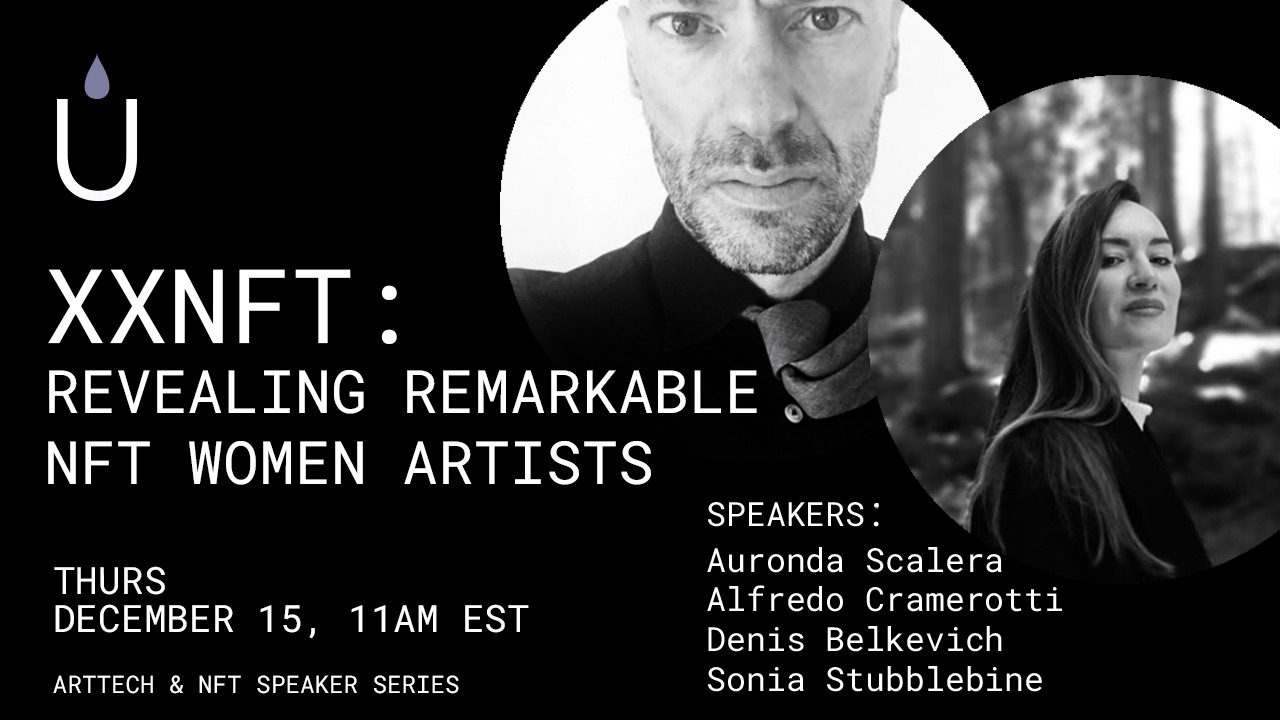
2. I always focused in my academic papers on the multiple identities of an artwork, can an artwork have infinite identities in a Metaverse experience?
Definitely. I actually believe that the interpretation of an artwork, not only its identity, resides in the artworks itself, not in its author and not even in the audience. An artwork, once released in the world by its author(s), has its own life, autonomous from its origins and independent from an assigned identity or interpretation “at birth”. Thus, the author somehow loses control of its artwork, no matter how much she or he tries to manage it.
3. Could you present your curatorial views on the relationship artwork – curator- public in your exhibitions?
I certainly attempt to make my position on and relationship with this triangulation clear, though sometimes it is difficult. It also depends of the type of curatorial project I undertake. For instance, if it is a solo exhibition (IRL or online), I see my work as maximising the artist’s work for the public, trying to create the spaces / focal points / journeys for the viewers (or users, if online) in order to grasp the idea, the practice, the questions raised. It’s very much a collaboration with the artist(s). If it is a group exhibition, or a curated drop online over several weeks or months, I see my role more as a narrator, a storyteller, a guide through the ups and downs, opens and obscures, nice and nasty aspects of the cultural landscape we are navigating in that particular space and time. It’s a narrative that develops through different artist and artworks, but also through time and space, in order to make a statement at that point.
4. I have the good fortune of being part of AICA’ Digital Strategies Department under your guidance, from your point of view how important are digital strategies for an exhibition? I also noticed that your Instagram has over 200k followers. What are your tips and tricks for curators and art theoreticians to be part of the Metaverse with a visible online presence?
I’m very honored to serve at Chair of the Digital Strategies for a network that counts over 5,000 critics and art writers globally. Though I must admit that the first year has been not easy in terms of carving out the voluntary time to dedicate to this amazing network. The digital space is an amazing opportunity to expand, enlarge, and make stronger the work on an art writer – reaching out more diverse audiences, more geographically disperse, more varied in terms of the type of visual culture we want to have as legacy of the human race. Equally, digital art in general is an expansion of contemporary art, as contemporary art is an expansion of modern art (the tipping point of it, in many ways), and modern art was an expansion of classical art. It’s a journey, and we are on board.
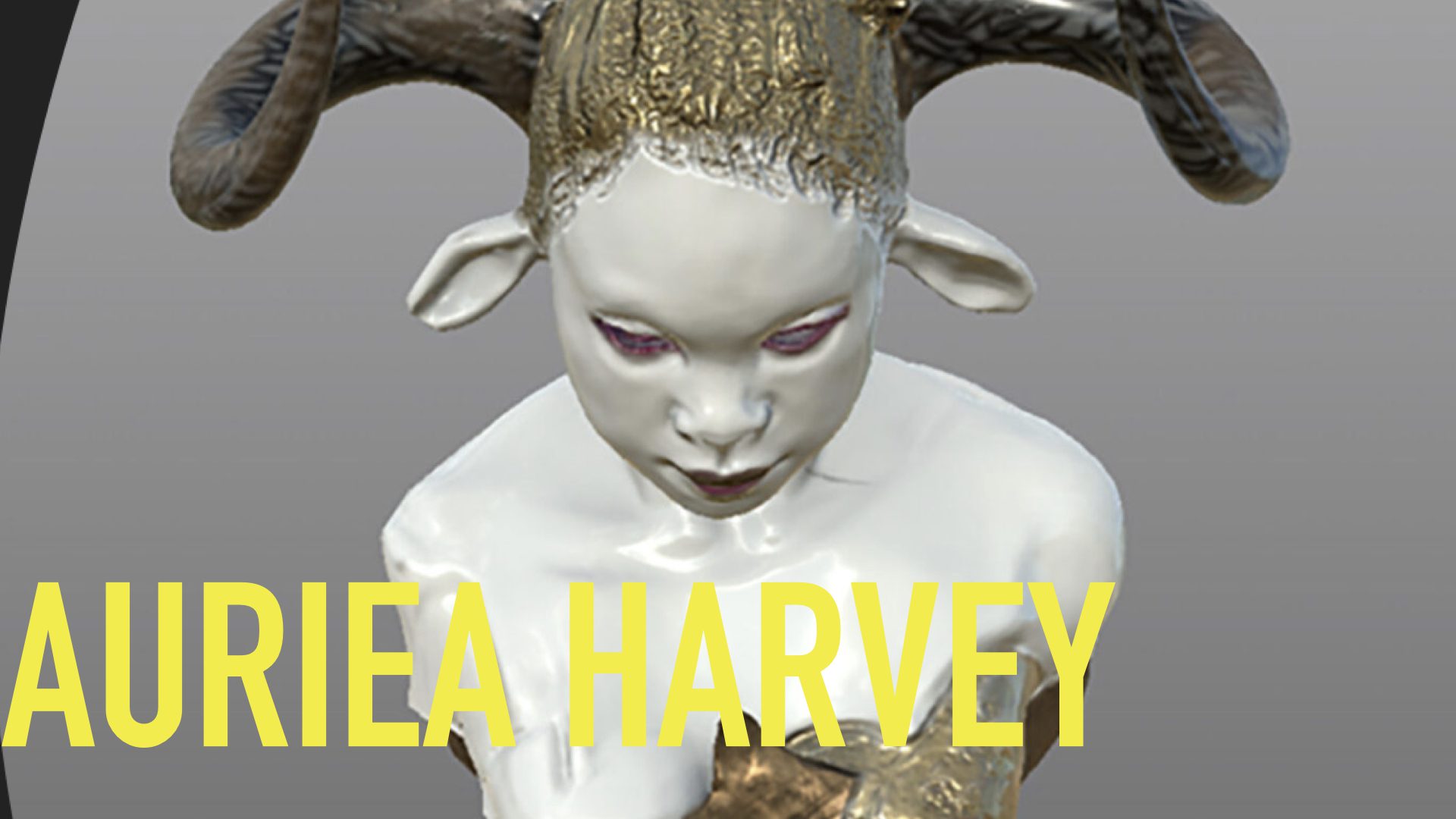
Web to Verse presentation
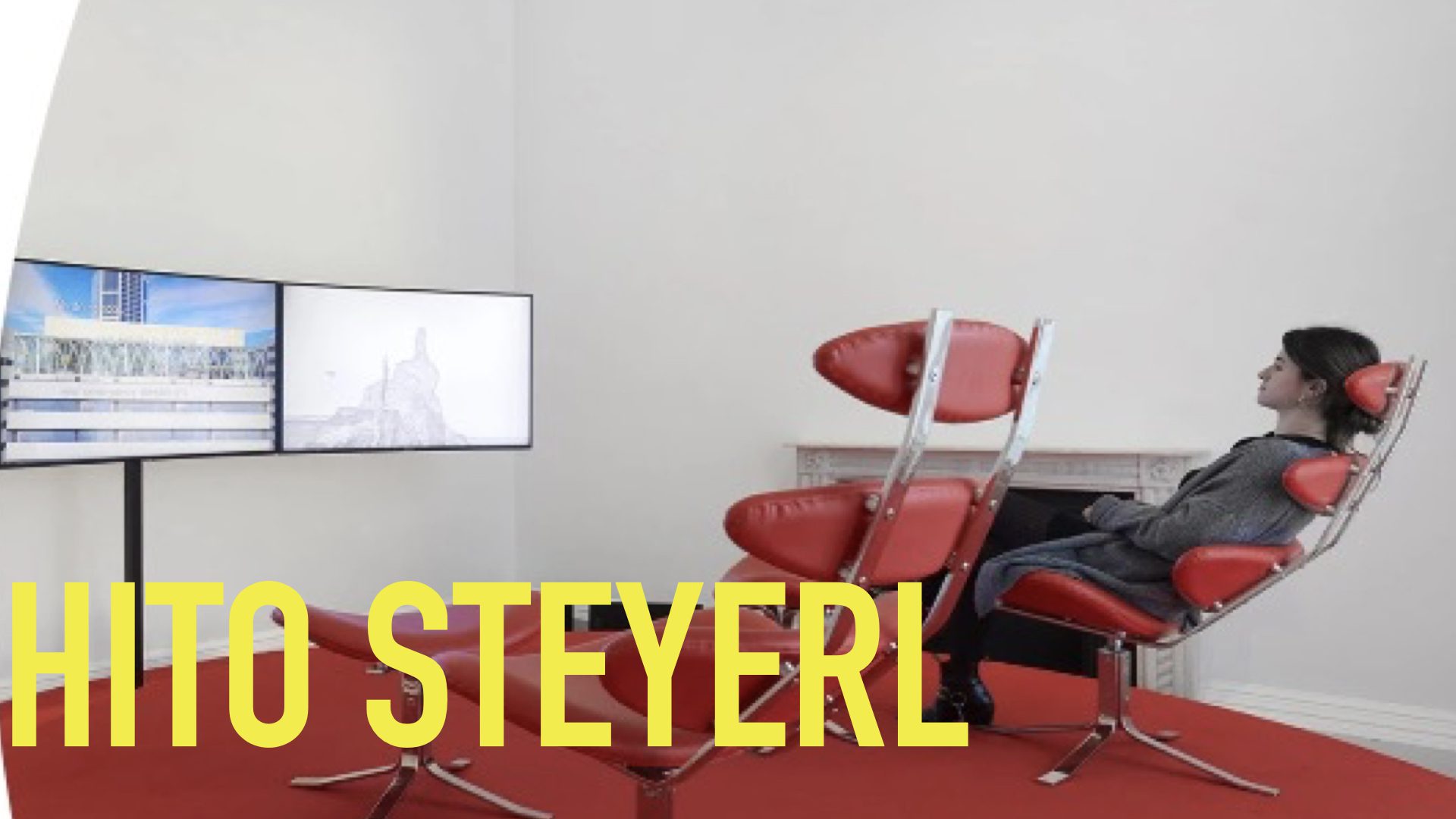
Web to Verse presentation
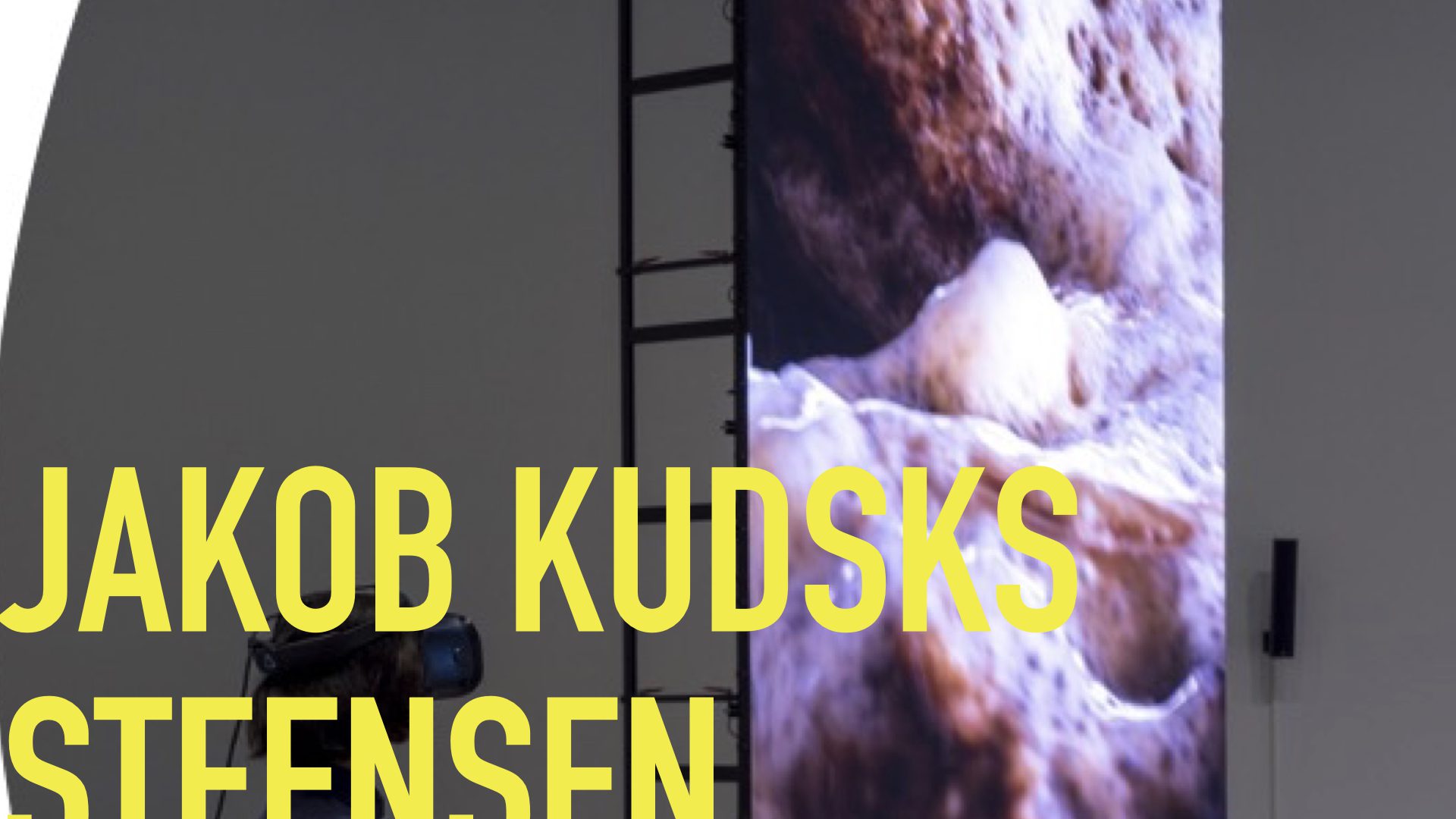
Web to Verse presentation
5. In your projects you combine physical and digital art, do you think that AI will replace an artist?
It’s not so simple as looking for or finding a replacement. AI is a great tool that responds to instructions and prompts, but the capacity to artistically and critically use those prompts to generate counter-intuitive responses, and apply those responses in real life, is very much a blueprint for artistic practice. Of course, it can be used for mimicking, copycat and replicate existing works or approaches, but AI has not invented that. Art is always been a matter of “getting inspiration from…’. The key fact is, can it do in an original manner, using sources / materials in a specific way, being true to their time? Here we go, that’s the criteria.
6. My grant is about the projects that happened or are happening in Timisoara, you participated as a guest lecturer alongside Auronda Scalera with a key discussion on the topic of “Transitions: from Contemporary to Digital, and Back Again” at the Biennial My rhino is Nota myth, what impressed you most about the biennial? What is your rhino in your professional activity?
Love the rhino question! I think my rhino is the fact we live already in a digital sphere, at least part of out time. To conceive physical/digital or IRL/online as a clear-cut division and almost in contraposition, is to miss the point that we are already hybrid creatures. Would you argue that Google isn’t real? Or that the hacking of your mobile or Instagram account (like it happened to me, case in point) doesn’t not have repercussions on your life in society?
The art scene in Timisoara, and the Contour Biennale in particular, was very inspiring in terms of the variety of art practices and curatorial takes I have witnessed across the city. Science and art were the fulcrum of the biennale, and I think it was delivered in a timely and focused manner. I really liked the selection of the venues, for instance, and how this selection chimed with the artists’ work. I’m still exchanging emails and WhatsApp messages with some of the local artists and curators I met there.
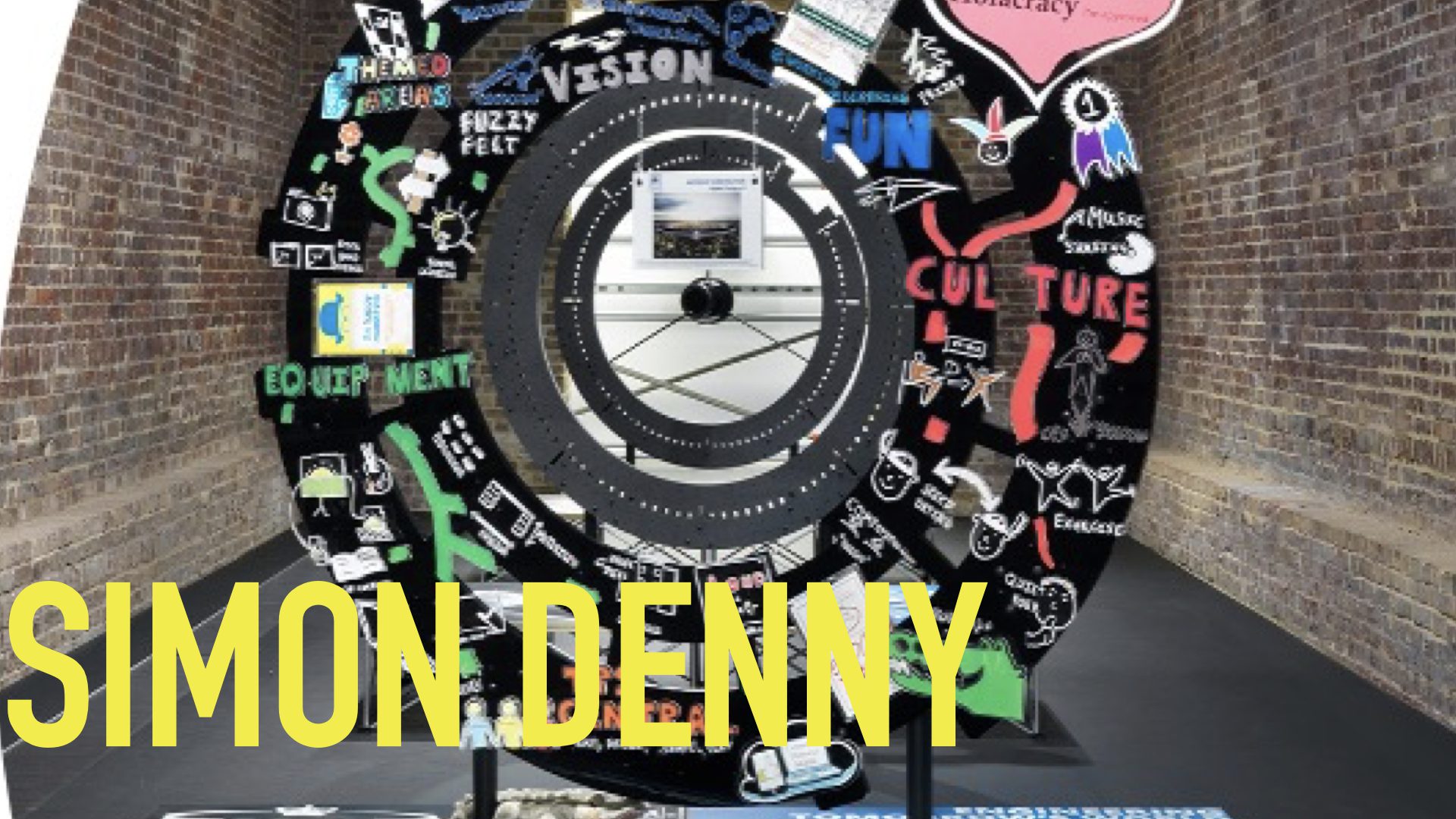
Web to Verse presentation
7. Are NFTs and blockchain artworks retransforming the art world in a way that we can’t go back to the traditional mediums? What is your opinion about the art market’s process of changing and adapting to new art mediums?
These advanced technology formats expanded the concept we had of artistic practices, artists, marketplaces, and collectors. They didn’t replace one with another, they opened up and included in the art world’s discourse, trade, academia and audience new way to conceive, make, organize, speak, deal with, display and present art. Granted, the NFT hype of 2021 was something unprecedented in the visual art sector, and that scared a lot of people off. But now that the dust settled, we can see that serious and committed artists are still engaging with these technologies, because they have something to say; whilst the speculators just disappeared, since there’s no more money to be made. This translates into the fact that blockchain and other advanced technologies are here to stay – in the cultural world but also in other sectors like medicine, logistics, infrastructure, supply chain, estate management, automotive and so on. The decentralization provided a new, transparent, reliable way of conducting businesses and as a consequence, the art market but also art museums and institutions will (slowly) build capacity for embracing artists and artistic practices which are native top these technologies. It’s not very different than institutions embracing photography, or video art, or performances in the 20th Century, if one thinks about it.
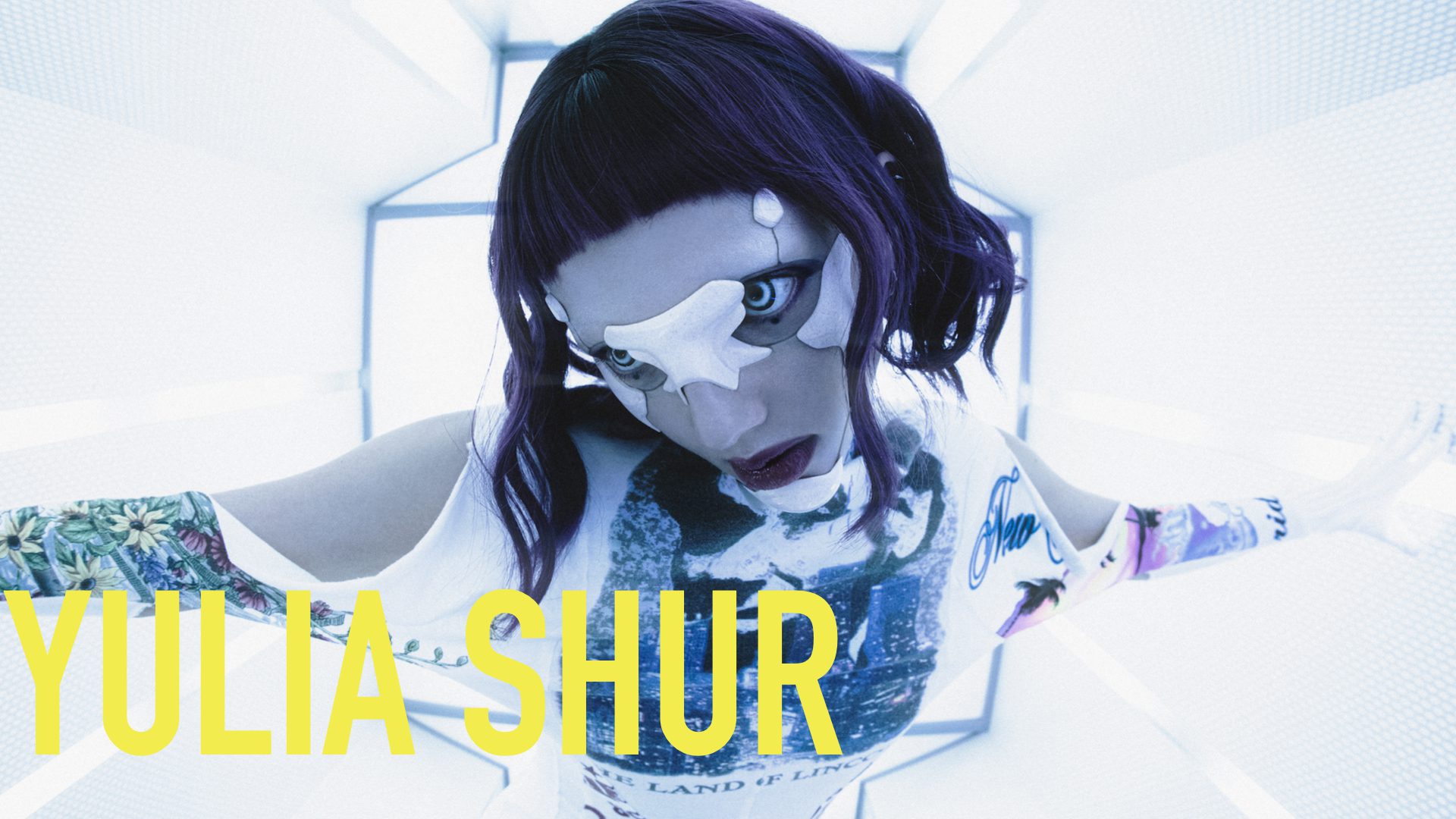
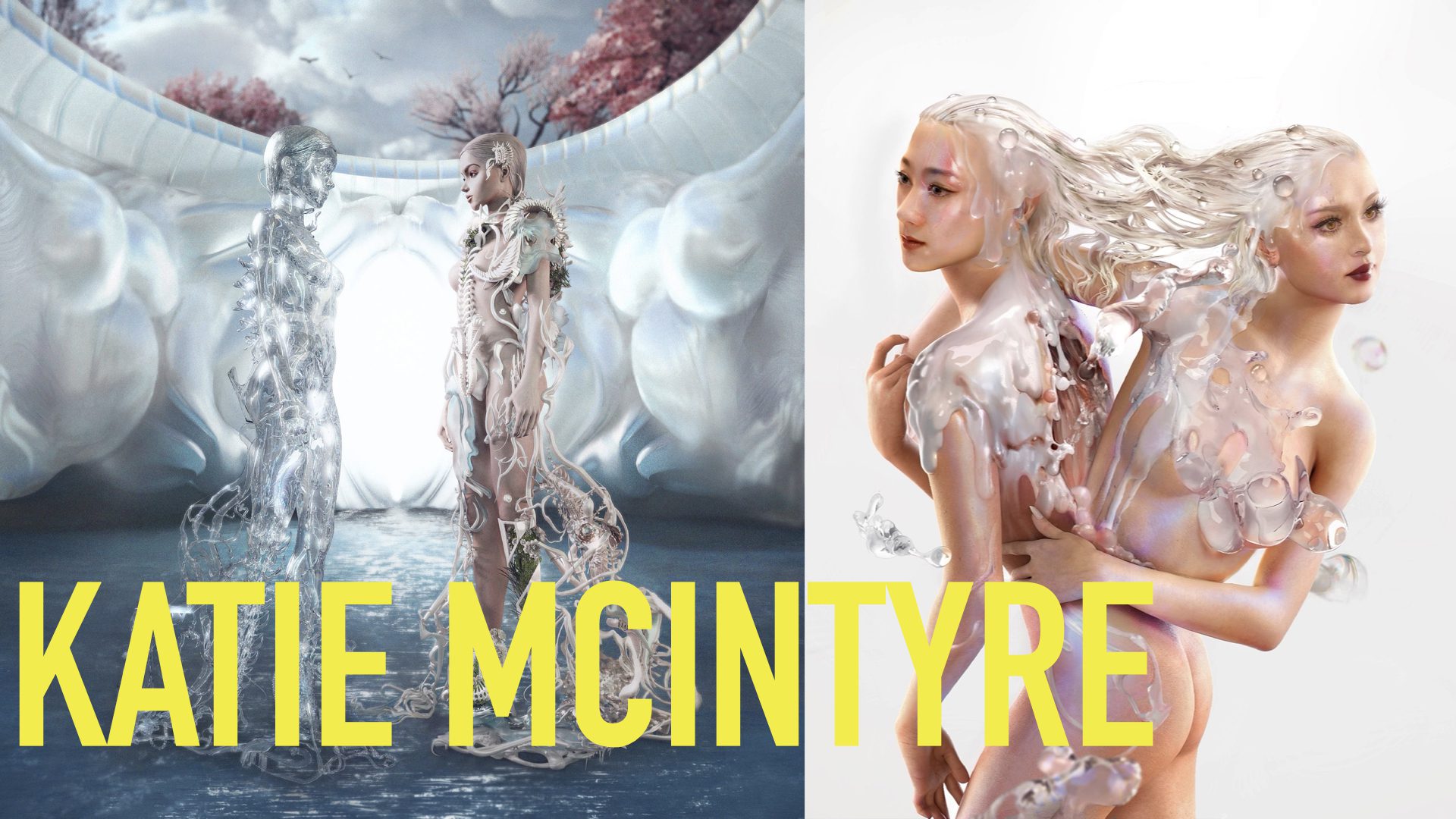
8. Are there any iconic books and articles that guided you through the art world?
Too many to list here. Interestingly, one of the great sources of inspiration for me has been a book that actually never got produced and published: In February 1927, Aby Warburg embarked on a project that he never completed, the Bilderatlas Mnemosyne. I’ve been fascinated by this, and also produced a book myself that was directly inspired by the idea (Curating the Image: Notebook for a Visual Journey, Distanz, 2020)
9. “MULTIPLE-ULTRA-FUTURE brings together artists, designers, and thinkers who are pushing the boundaries of what is possible, aiming to inspire visitors to imagine new and exciting futures for humanity.” In a multiple-ultra-future what are the roles of curators and cultural mediators? And how about the artists?
Curators and cultural mediators will be even more multidisciplinary and polymath than they are now, which is already a statement. But it’s a natural progression, precisely because artists and cultural producers will be more open to work with and through different disciplines and sectors, stretching the concept of art and art value. And this is an exciting prospect in my view!
All the images are sent by Alfredo from his personal achieve.
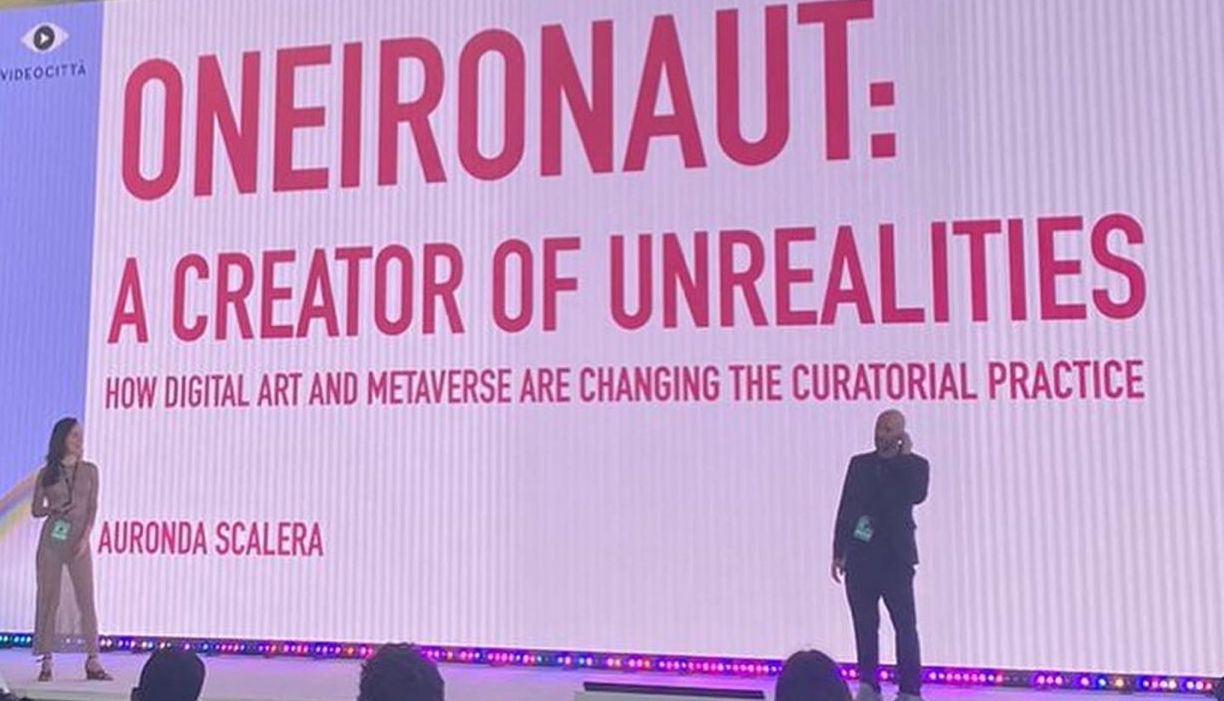
__________________
This journalistic material was made through the financing program Energie! Burse de creație, supported by the Municipality of Timișoara, through the Center for Projects, within the Power Station component of the National Cultural Program “Timișoara – European Capital of Culture in the Year 2023”. The material does not necessarily represent the position of the Center for Projects of the Municipality of Timișoara, and this one is not responsible for its content or manner it may be used.
[ro] Acest material jurnalistic a fost realizat printr-o finanțare Energie! Burse de creație, acordată de Municipiul Timișoara, prin Centrul de Proiecte, în cadrul componentei Power Station a Programului cultural național „Timișoara – Capitală Europeană a Culturii în anul 2023. Materialul nu reprezintă în mod necesar poziția Centrului de Proiecte al Municipiului Timișoara, iar acesta nu este responsabil de conținutul său sau de modul în care poate fi folosit.
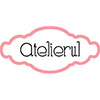
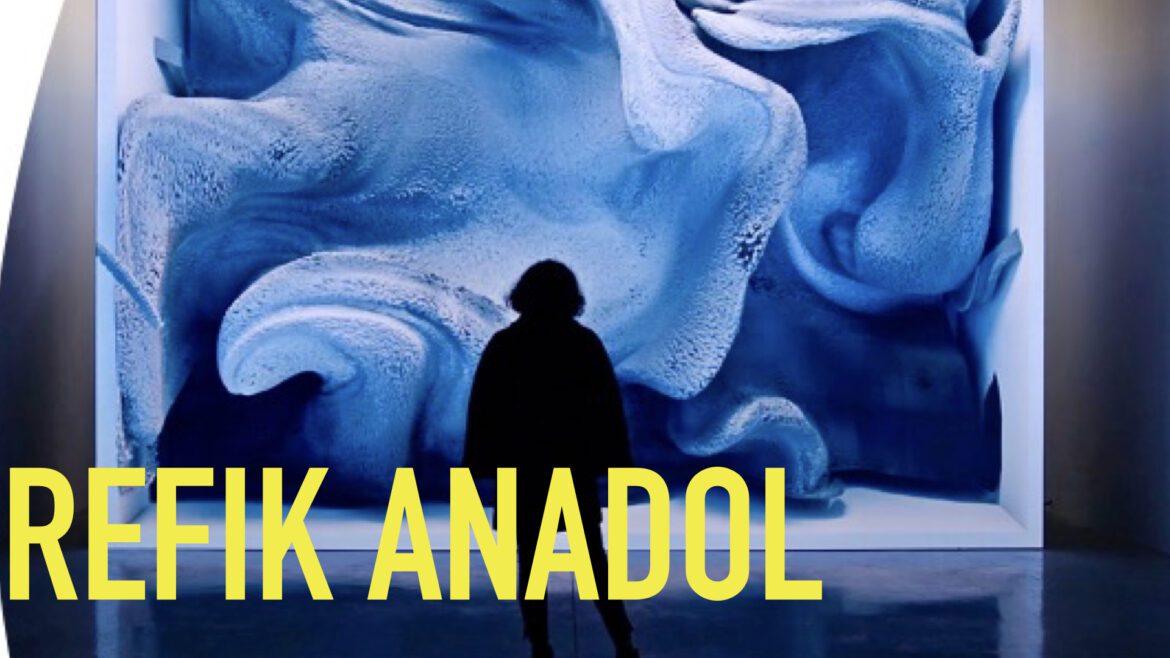
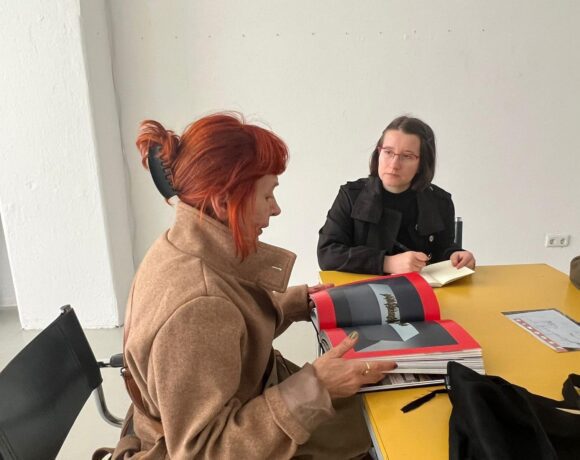
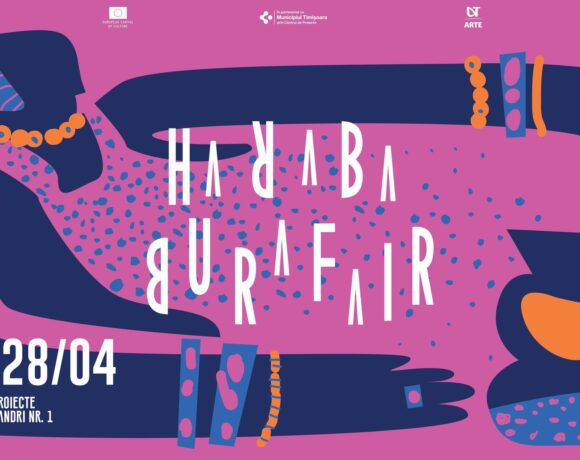
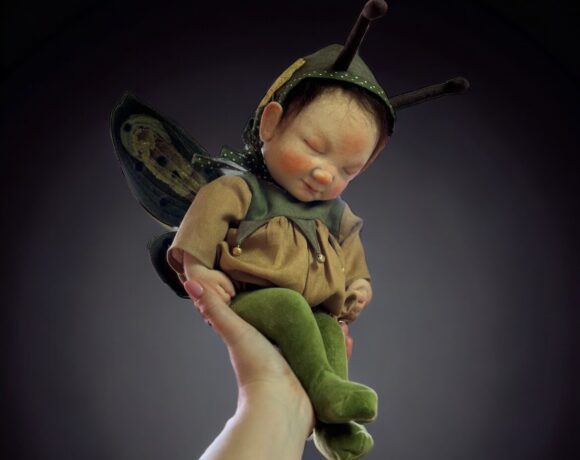
Fără comentarii